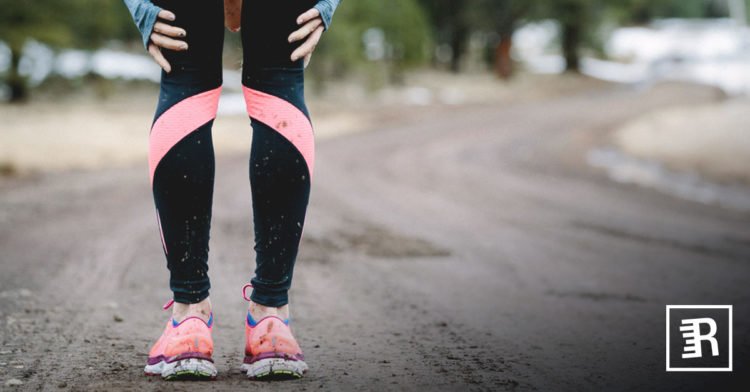Iliotibial band syndrome claims runners that are just starting out and runners that have been in the game for a long time.
It is a challenging injury that requires patience in healing and perseverance to overcome. With IT Band Syndrome being such a common injury, it can be hard to see a way of avoiding it. Runners are especially susceptible to injuries involving the muscles in the leg, which makes for an obstacle when it comes to preventing it. However, there are ways to prepare your body against the effects of injury.
Learn the causes, treatments, and prevention of IT Band Syndrome so you can keep yourself running pain free.
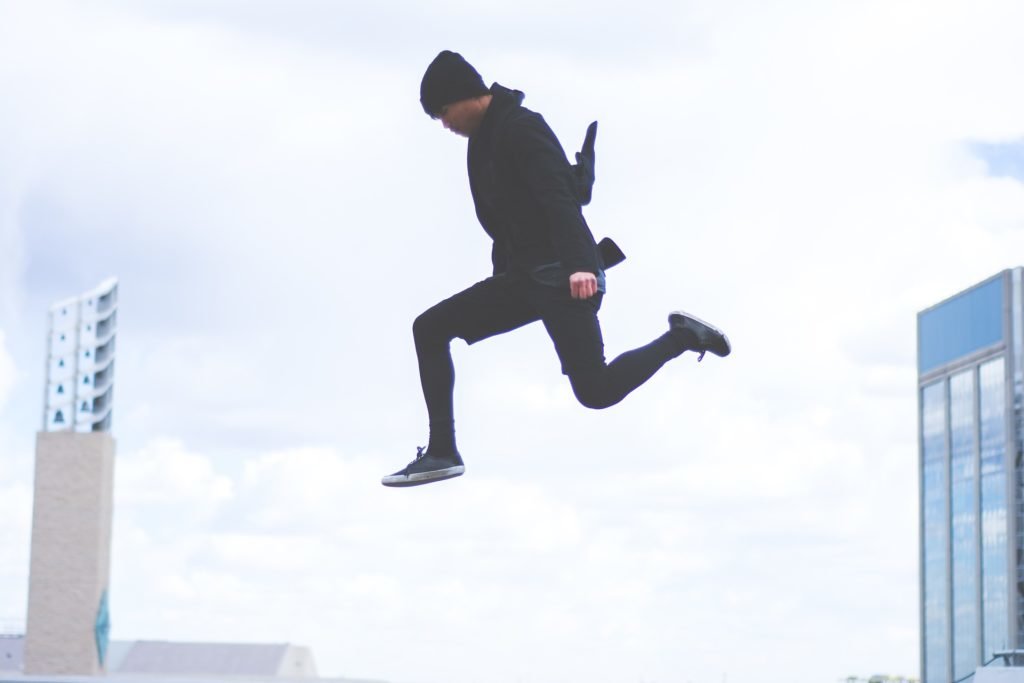
What IT Band Syndrome Means
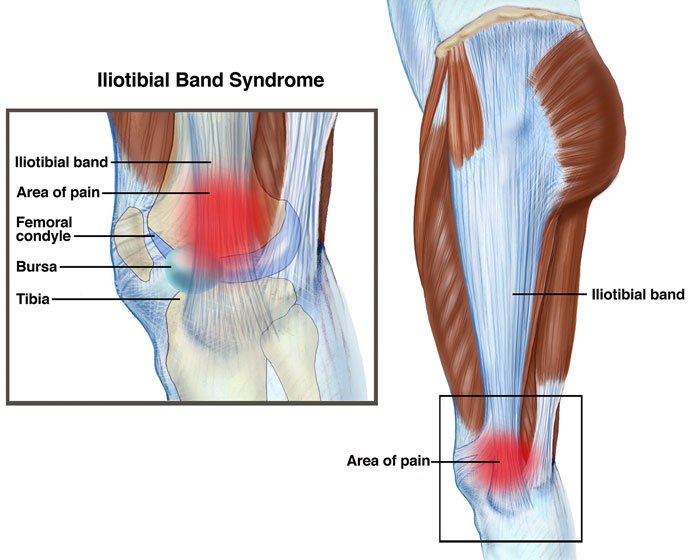
IT Band Syndrome is the inflammation and irritation of your iliotibial band. Your IT band is soft tissue made of fascia that runs along the side of your leg from your hip to your knee. The tissue thickens towards your knee when it crosses your femur bone.
The tissue moves back and forth across the femur bone, which causes excessive rubbing and irritation with repetitive movement. Although recent research reveals that the IT Band is more glued to your femur and creates a sensation of moving back and forth.
Your iliotibial band controls your thigh movement and helps decelerate your inward motions of running. When you pound your feet against the earth, your IT band is effected. Over time, it can start to manifest pain on the outside of your knee.
Signs and Symptoms
If you feel stabbing pain on the outside of your knee, occasional pain from tightness, swelling around the knee, or continuous pain after activity, then you may be experiencing the signs of IT Band Syndrome. A snapping sensation as your band presses against the knee can also contribute to early signs. Keep an eye out for any signs or symptoms to avoid further damage down the road.
The Cause
Iliotibial band syndrome has several causes that are tied to genetics and frequency of working out. Naturally tight muscles, weak hip muscles, and over pronation are physiological issues that make you more susceptible to an irritated IT band.
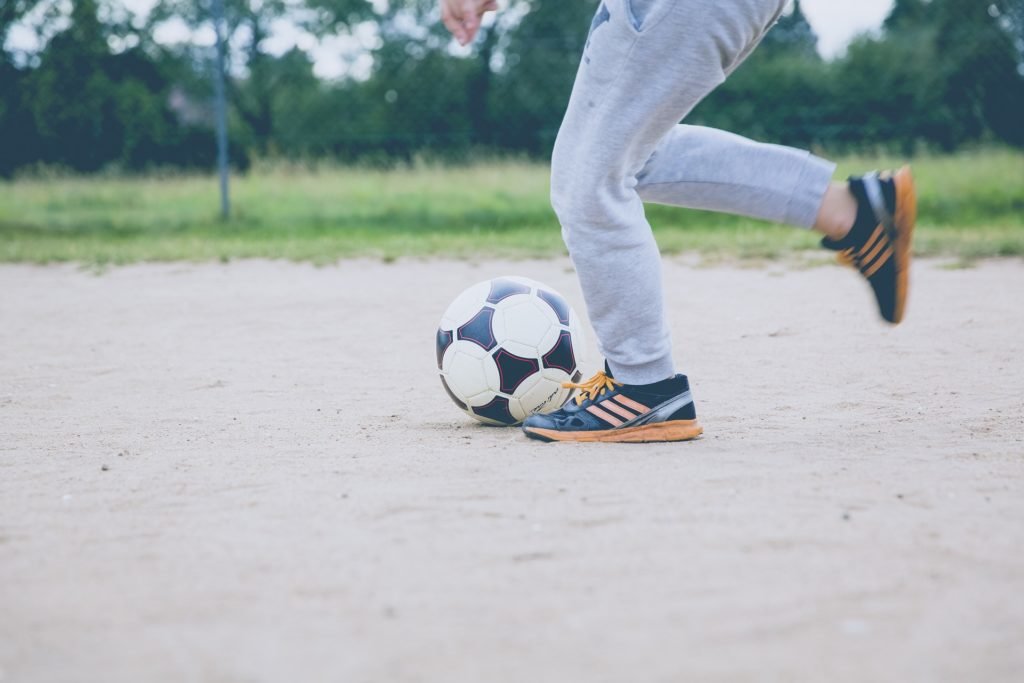
Misalignment that leads to poor running form will result in muscle imbalance and more strain on your soft tissue. Bowed legs or poor physical condition also puts strain on your IT band that can lead to other pains along the leg.
Many runners experience IT band pain when they start increasing their mileage before their body is ready. Putting too much continual pressure on the connective tissue will cause irritation and inflammation in the body.
Consult a specialist or training program to determine when the right time is to increase the intensity of your workouts. Muscles and soft tissue require a slow build up to avoid potential injury and to keep your body healthy and strong.
Treatment Options
When you begin to experience pain, stop and reassess your training program. Limit your activity until your body has time to heal. The least you want to do is make the injury worse and end up taking a longer time to recover.
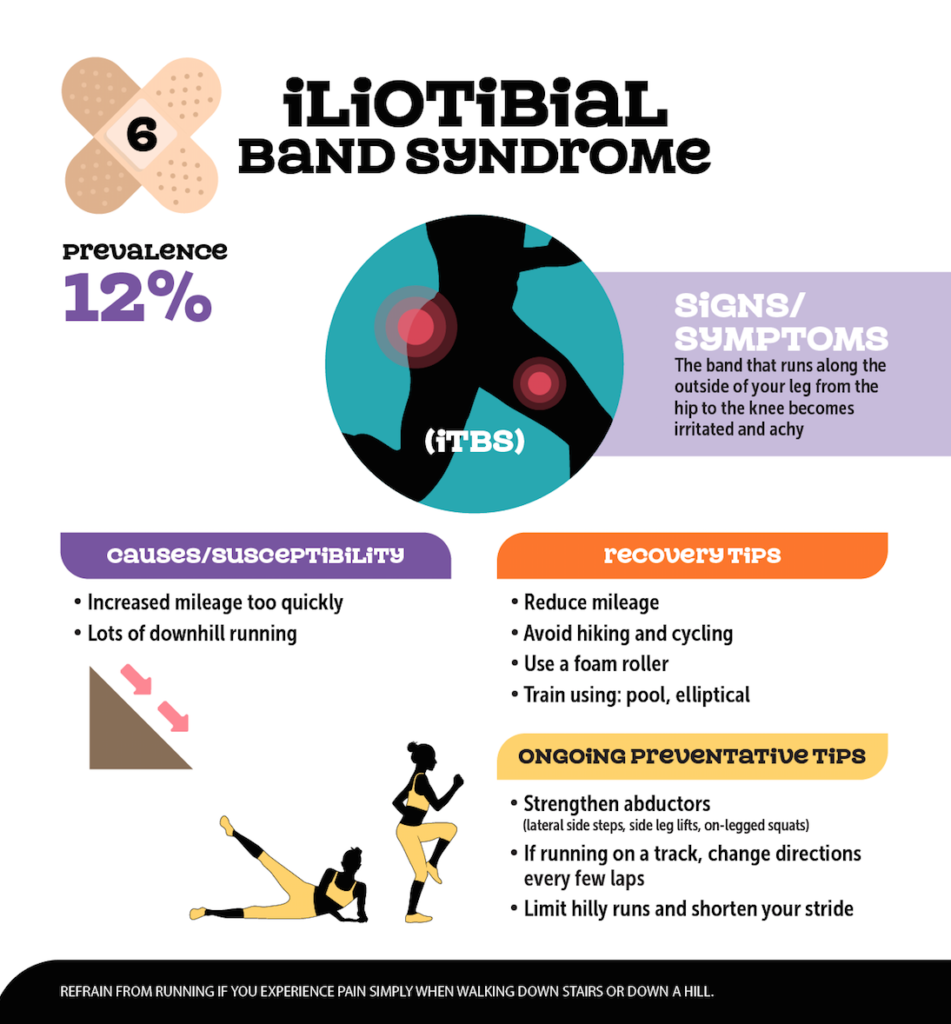
Iliotibial band syndrome has several treatments that help you recover quicker and rebuild your body stronger.
Rest and Recover
Rest is a key part of recovering from an injury. If pain persists beyond when you are working out, then consult a physical therapist immediately, as it may lead to other issues.
Be patient and know that rest will ultimately help you get back to running sooner then just pushing through the pain. Reduce your mileage and avoid hills until you are fully recovered.
Ice and Heat
Inflammation can be good for healing, but too much inflammation can cause pain. Ice the painful area only 10-15 minutes at a time to ease the heat accumulating in your injury.Heat can also help alleviate pain by soothing your muscles, however, to reduce unwanted inflammation, be sure to use ice.
Sports Massage
A sports massage can break up scar tissue that can build up from an injury. By breaking up the scar tissue and letting the proper blood flow circulate through your body, you will be able to overcome IT Band Syndrome faster.
Taping
Taping helps support your muscles and soft tissue for better recovery. Check out KT Tape's video to discover the proper way of taping your IT band.
Physical Therapy
Physical therapy is a way of recovery and prevention. Physical therapists are experts when it comes to knowing how your body can properly heal. Through exercises and movement, you will be able to prevent your IT band from potentially getting injured in the future.
Best Ways for Prevention
Preventing injury is incredibly important as a runner. The best ways to prevent IT Band Syndrome is to listen to your body and continually reassess your training program. Pay attention to early signs of pain or misalignment that may lead to a worse injury.
Try walking before you begin to run to properly warm up your muscles. Even while in recovery, you can keep up your body's strength by taking a walk without the intensive movement of running. Beyond walking, the best way for prevention is to strengthen your overall body. When your body has balanced muscle, you can stay better aligned and prevent injury from happening in the first place.
Strength is Key
Studies are beginning to show that strengthening counts more than stretching. By including exercises into your running routine that stretch and strengthen your body, your body will be prepared for better performance and less injury. Try out different styles of exercises that can help you build better muscle balance for preventing IT band syndrome.
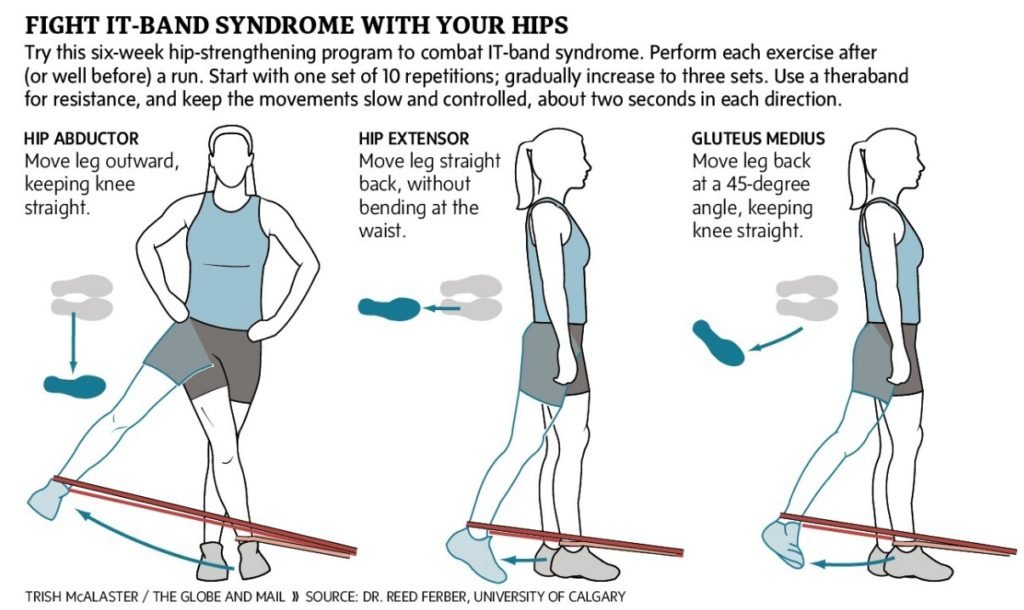
Taking care of your body as a runner is important for lifelong health and to keep your body in shape for running for a lifetime. Be aware of your body's alignment and how you can better balance your muscles for maximum strength and better performance. IT band syndrome can be challenging, but when you recover well, you can run even stronger.

